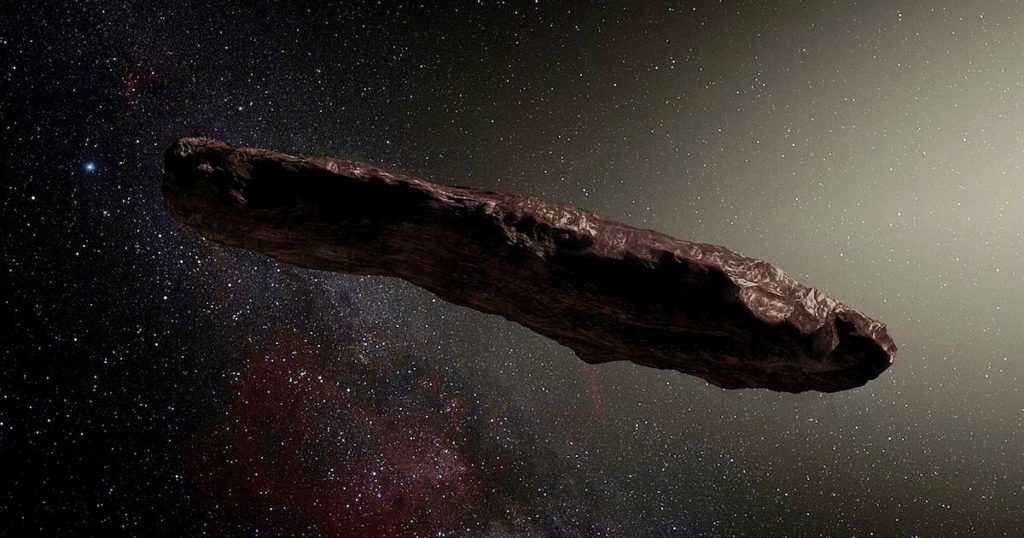 Physics, Earth & Space
Physics, Earth & Space
The Most Valuable Aspect of Avi Loeb’s Intelligent Design Case

Thank you to Eric Anderson for his comments on Avi Loeb’s work. My quick reply:
Loeb’s ID advocacy — where intelligent design means “the detectable action of an intelligence, whether human or not” — stems from his philosophical naturalism. That alone makes Loeb’s argument significant, as it provides a counterexample to the claim that only religious believers endorse ID.
But the most valuable aspect of his case is the stimulus it provides to the question, If non-human intelligences exist, how would we detect them? This question, which spans ontology, epistemology, and the scientific method, has been pushed aside as “unscientific” for many decades. A skeptic might say cynically that the search for extraterrestrial intelligence is the natural theology of many atheists. SETI certainly had that role for Carl Sagan.
Loeb, however, pushes this “How would we know?” question forward as worthy of attention. He invites skeptics to provide their design-detecting rationale, and refuses to accept the answer that the inquiry is off-limits. Here is a possible discovery, Loeb says, well within the purview of natural science: Other intelligences may exist. So how would we detect them?
‘Oumuamua? Okay, maybe not the most compelling data. But how does the design inference work in science, generally speaking? THAT is the exciting dimension, and it does not depend on the status of the ‘Oumuamua anomaly.
